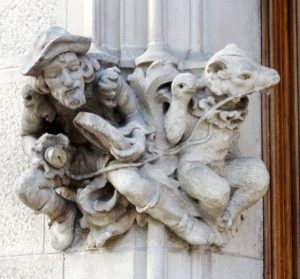The MONA (Museum of Old and New Art) museum in Hobart, Australia may not be the weirdest museum in all the world, but it has to be in the running. Created by billionnaire David Walsh, a math genius who made his money playing the odds, this museum has to be a much better contribution to the world than spending his billions on, well, many of the other things that other billionnaires spend their money on. And let me say right off, Huzzah Mr. Walsh!
How to describe it? First, it’s built into a cliff underneath some existing buildings, cut into the solid rock. If you’re interested in architecture, this interview is worth reading. Also, you have to take a ferry to get there, and you know it’s going to be strange the moment you walk inside.




And it gets stranger after that. Yes, there’s artwork, old and new and new-mimicking-old. There are entire installations. There’s music to experience it all by. There are jazz musicians creating new music real-time on the spot. There are artists creating paintings real-time on the spot. There’s a restaurant and a winery, too. And it’s still being built.
I’m really a little at a loss for words. Fortunately, I have pictures. So, if a picture is worth a thousand words, here goes.
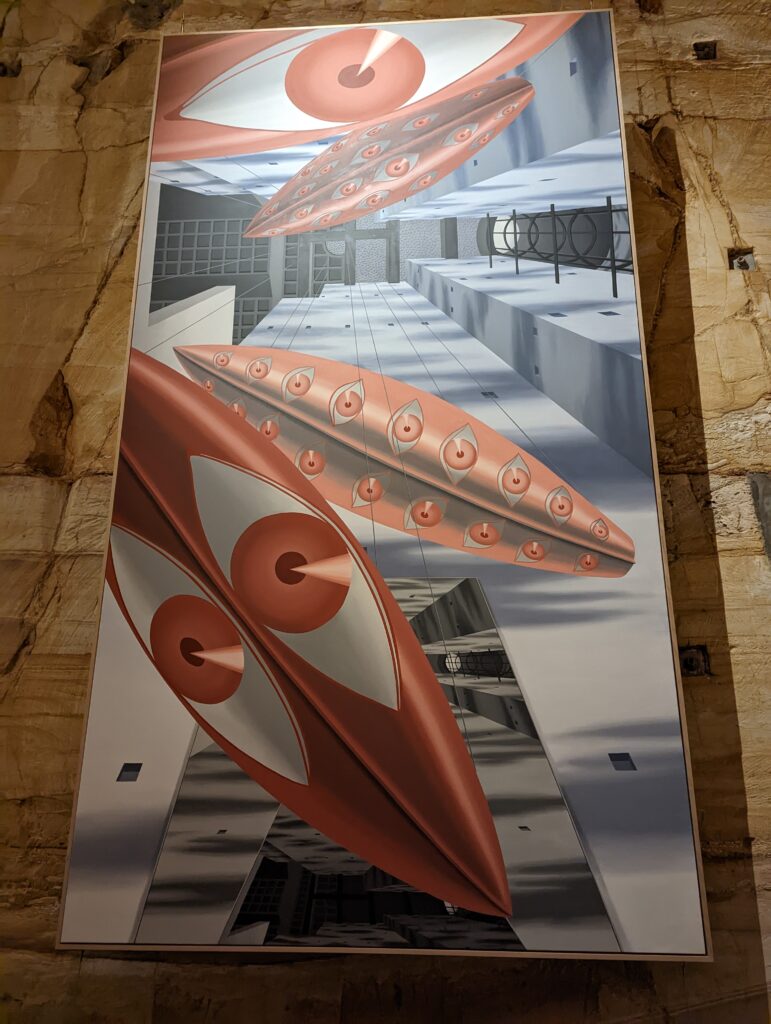
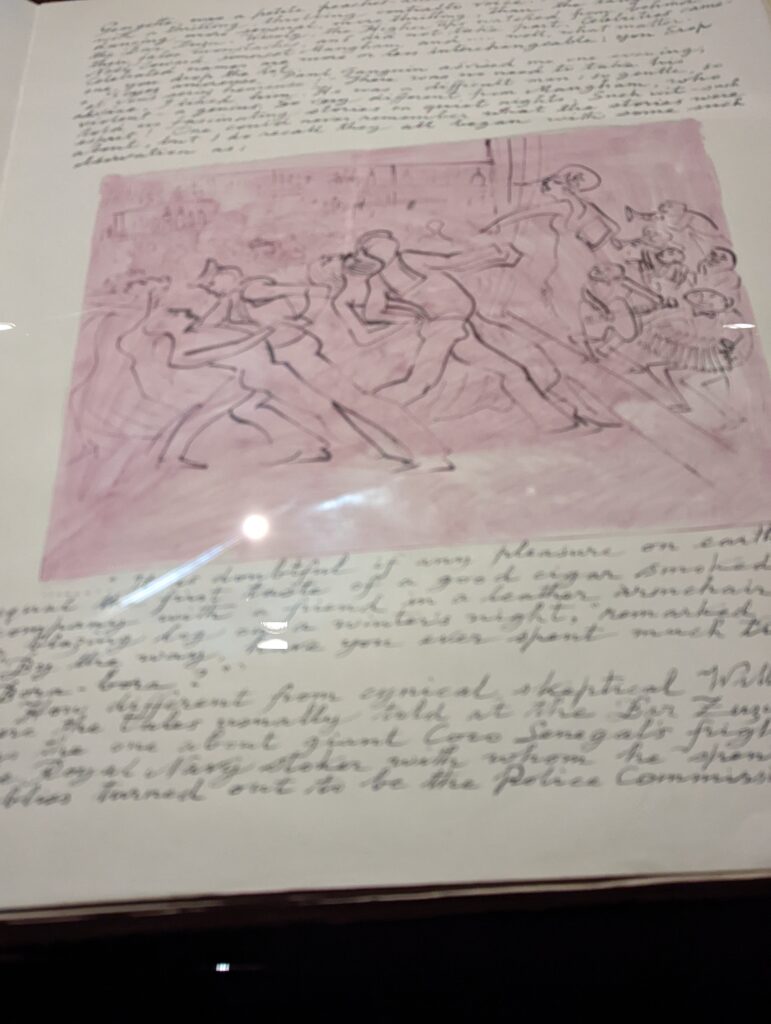

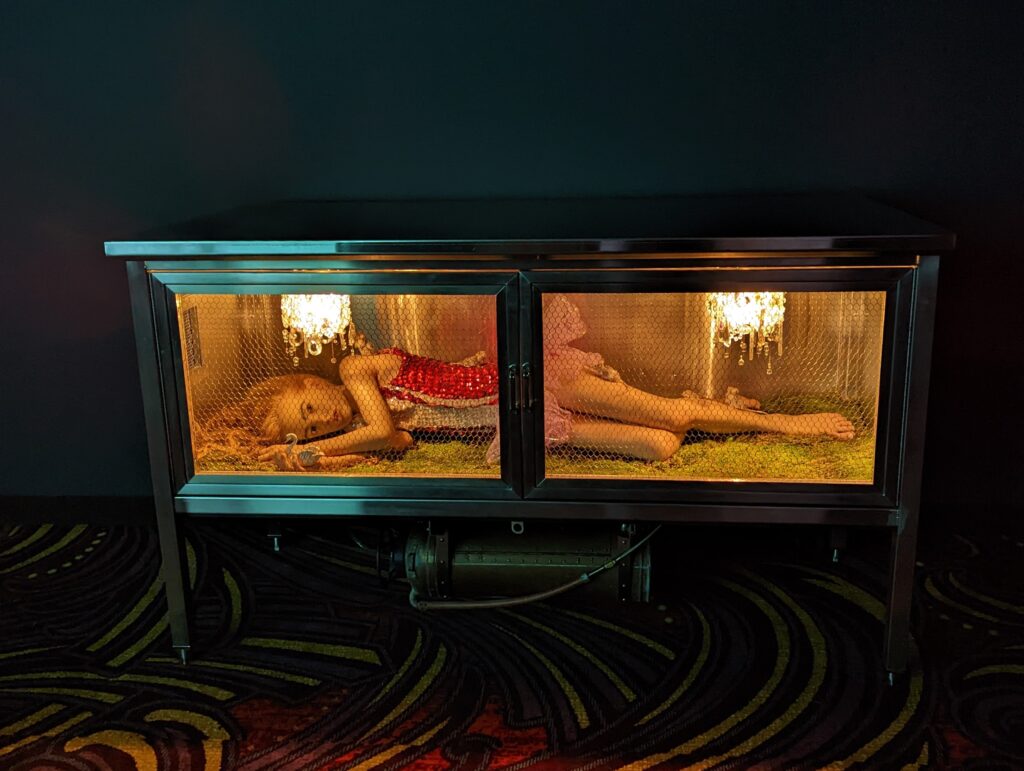
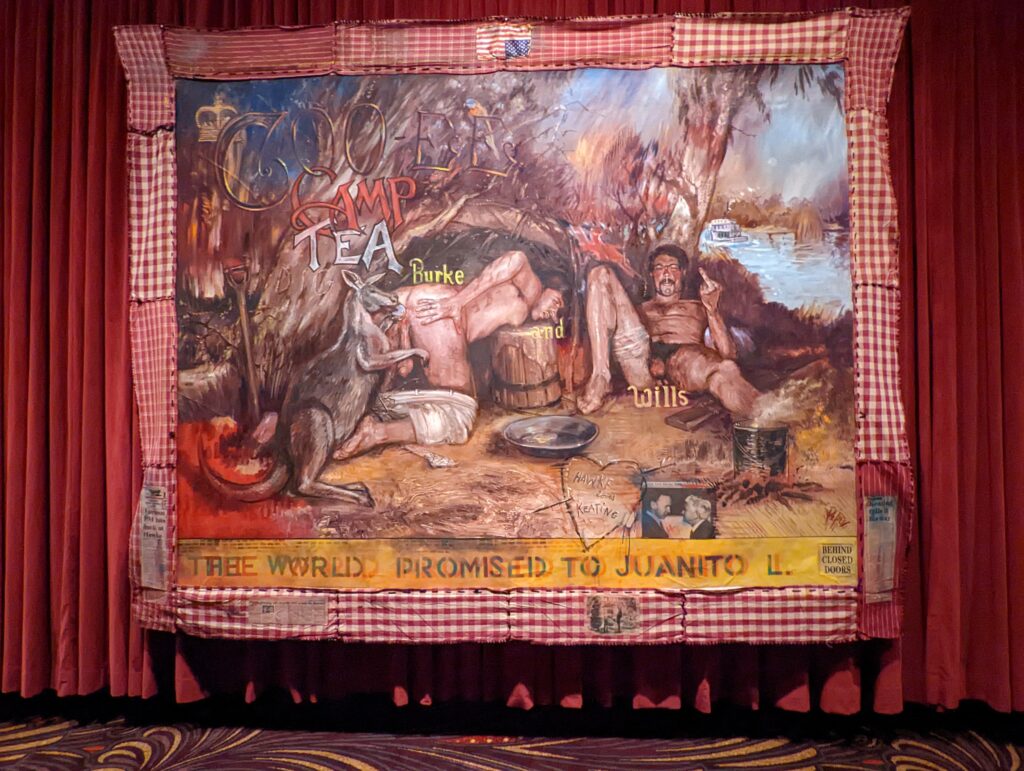

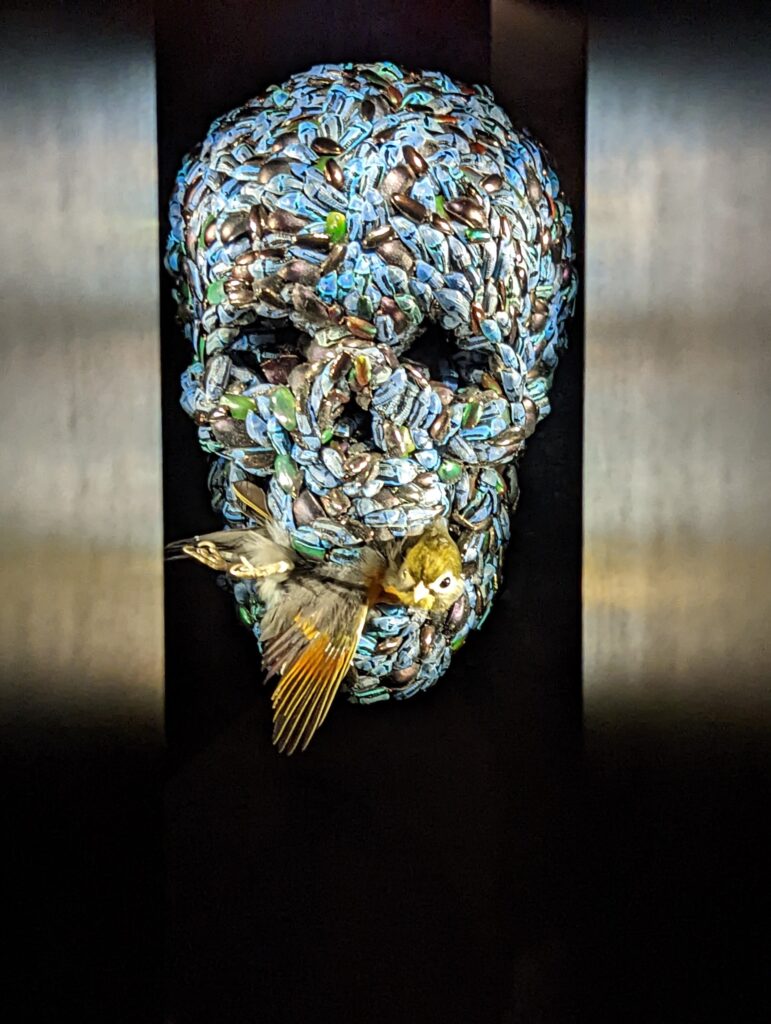
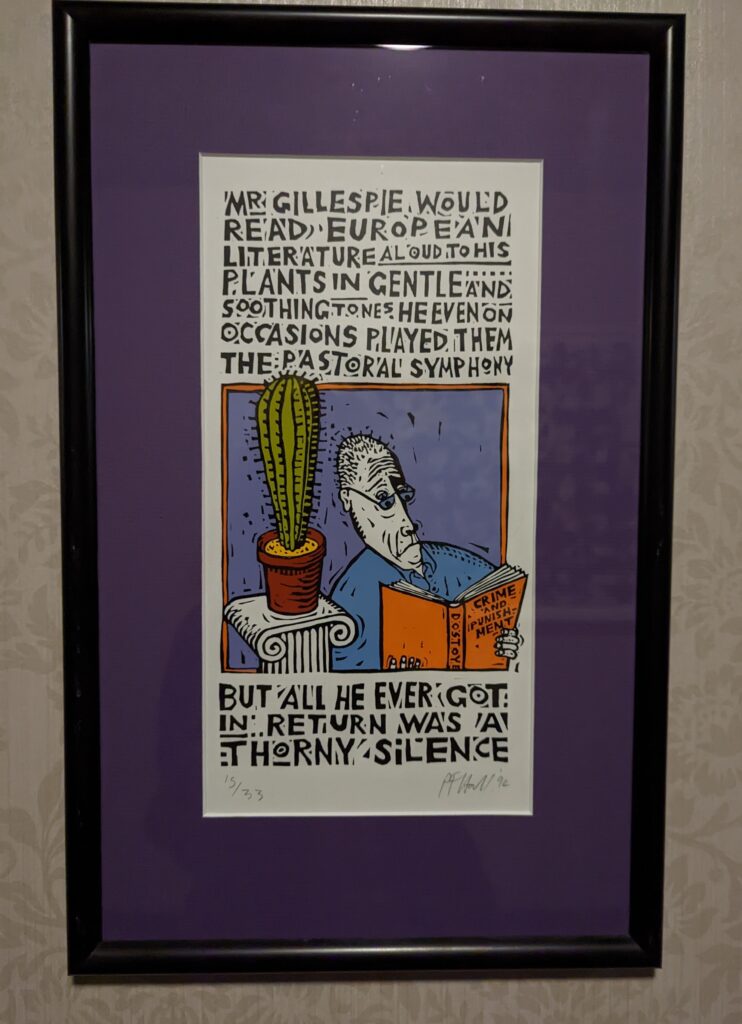
I see I’ve added a number of photos of pictures on walls. This is an impression that is seriously misleading, and I must correct it. This museum is not about pictures on walls. I mean, it *is* about pictures on walls, but it’s also so much more.


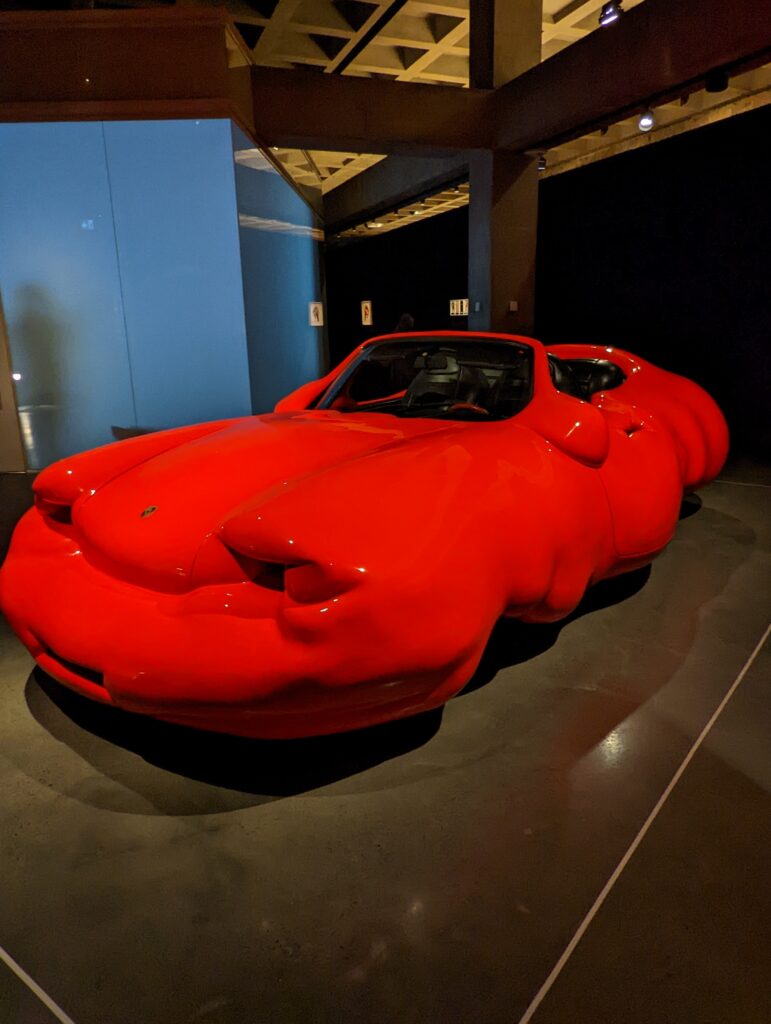
Is it worth a visit if you happen to be, say, anywhere in Tasmania? Yes, absolutely. But is it worth a journey? Let’s just say that Tasmania is worth the journey, and so, yes, please don’t miss this unique museum!



